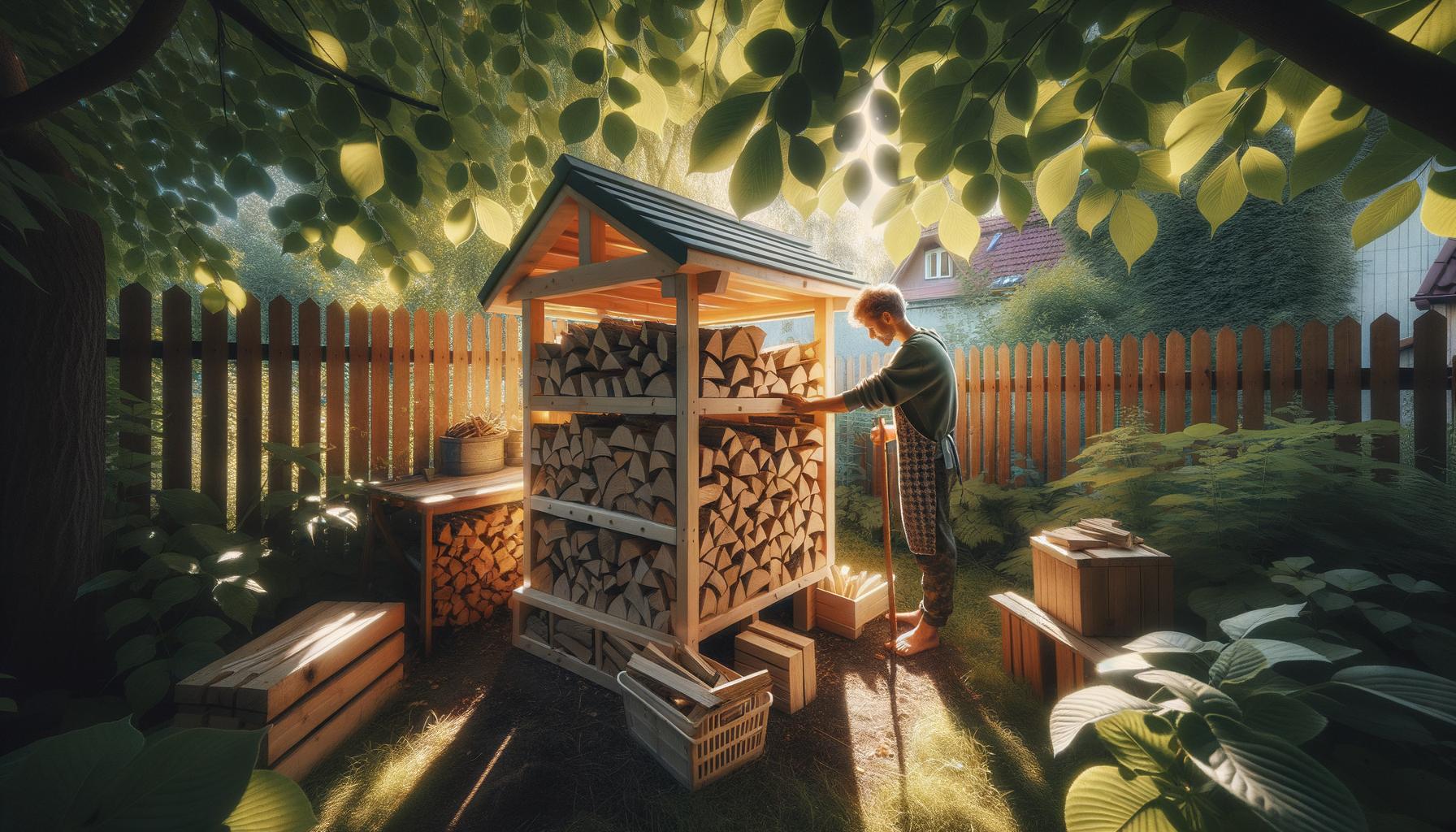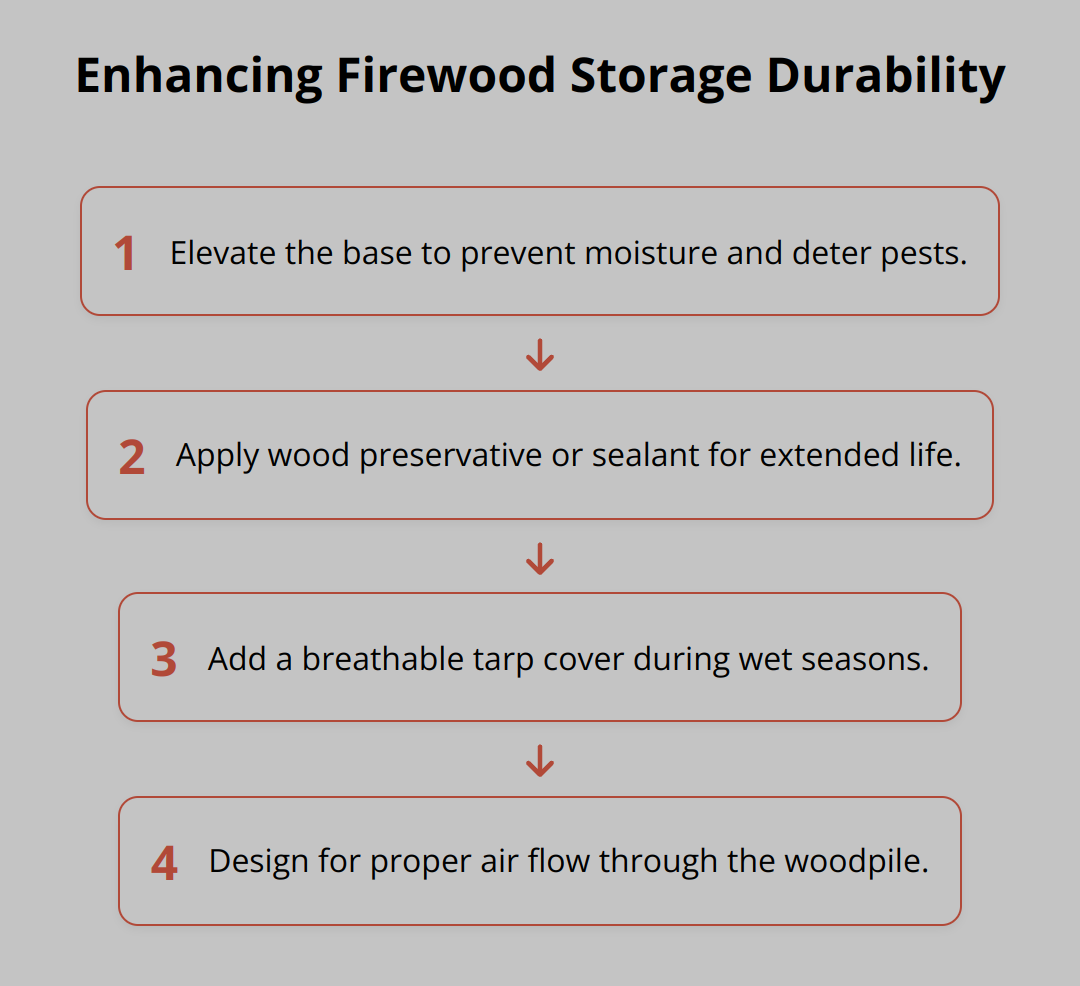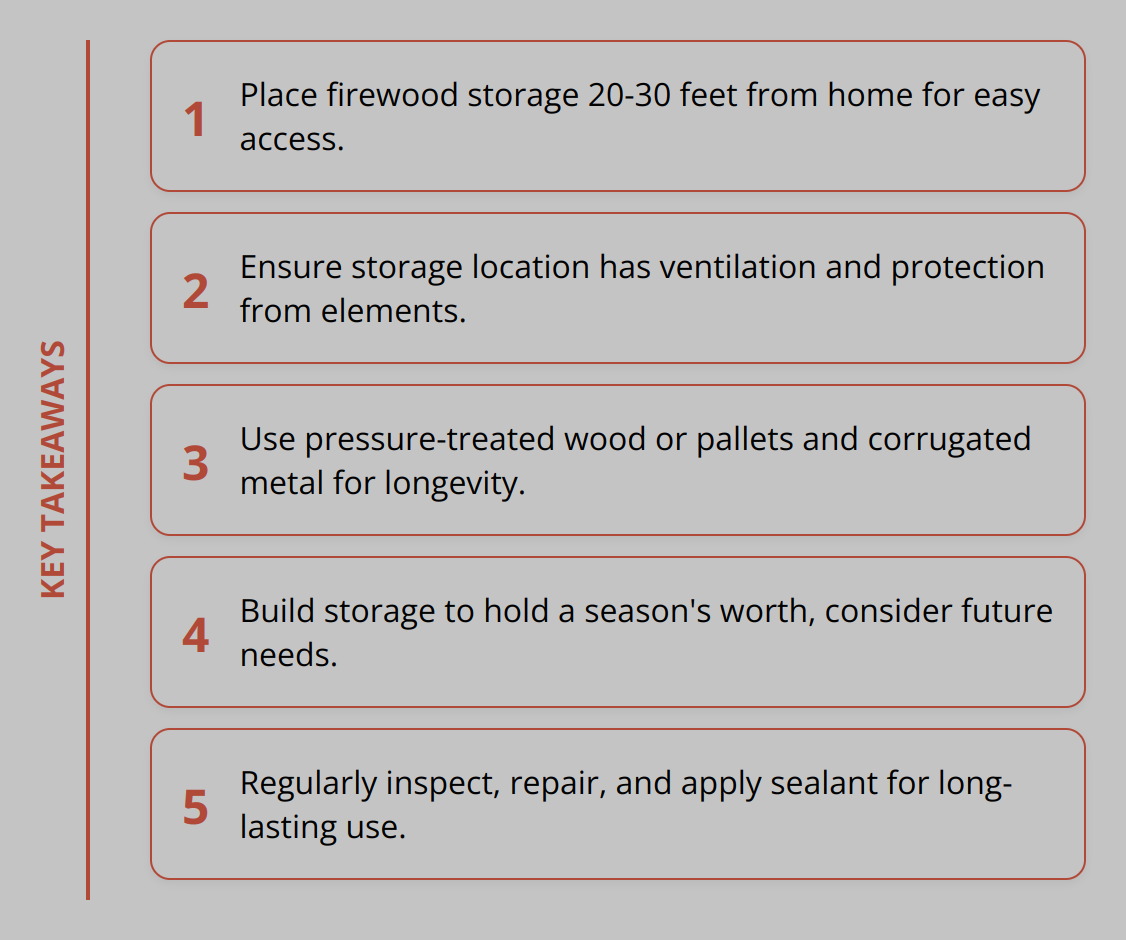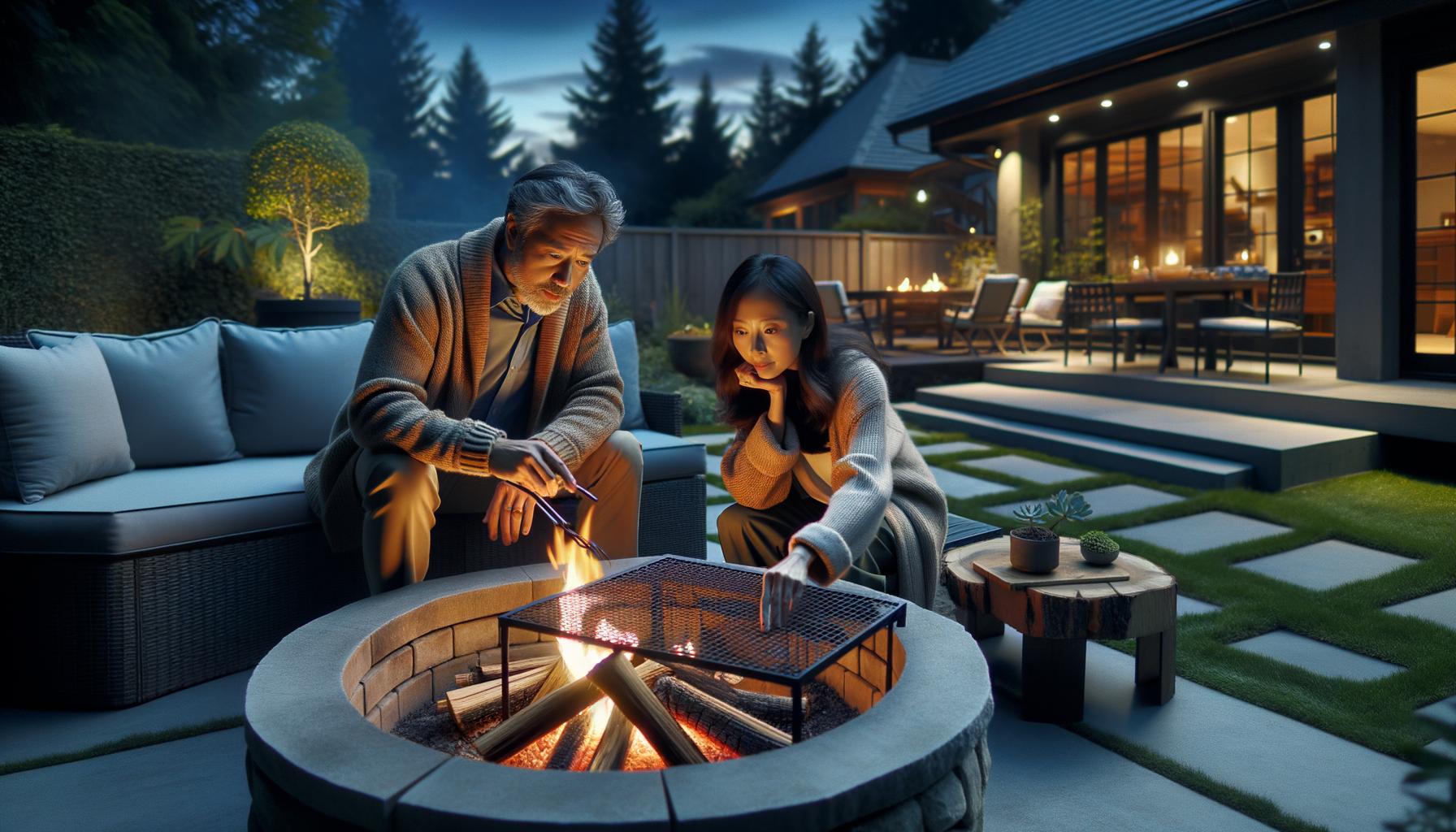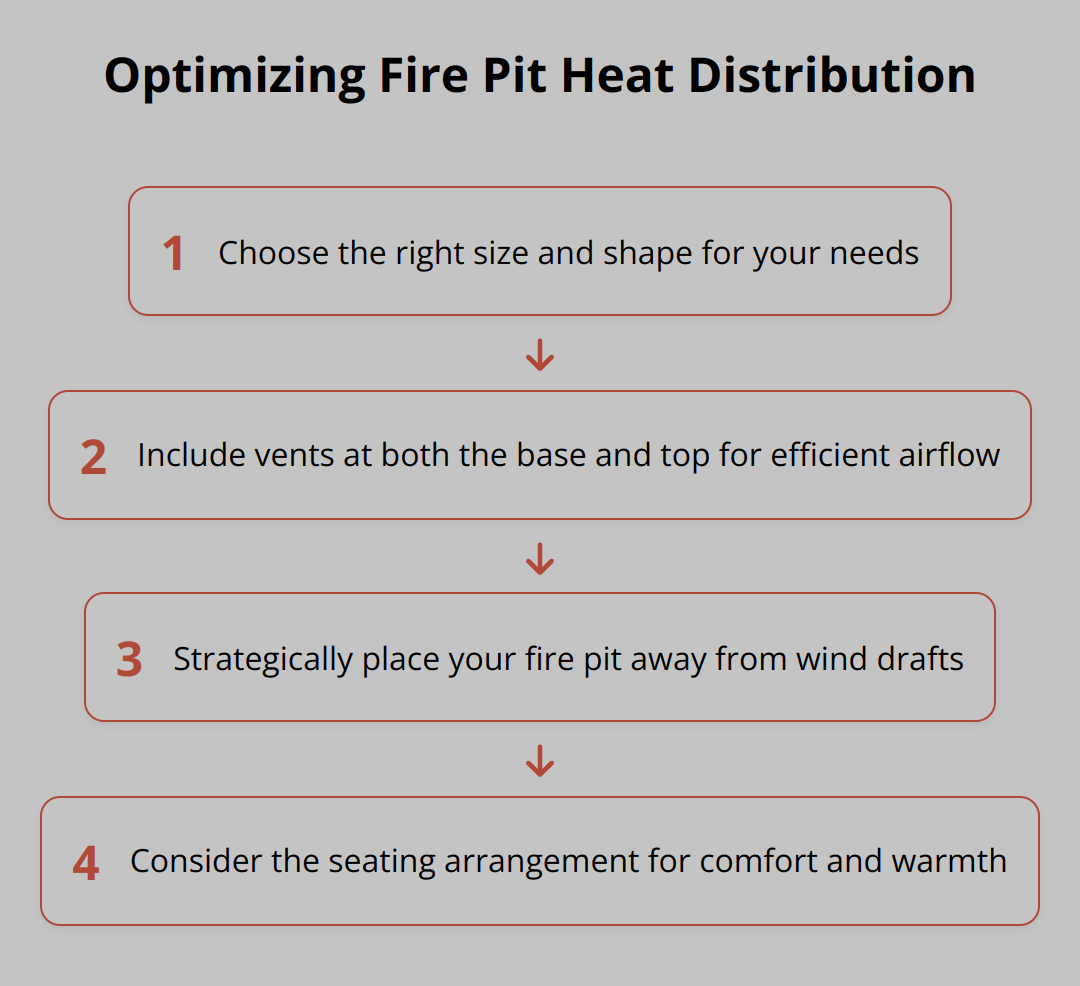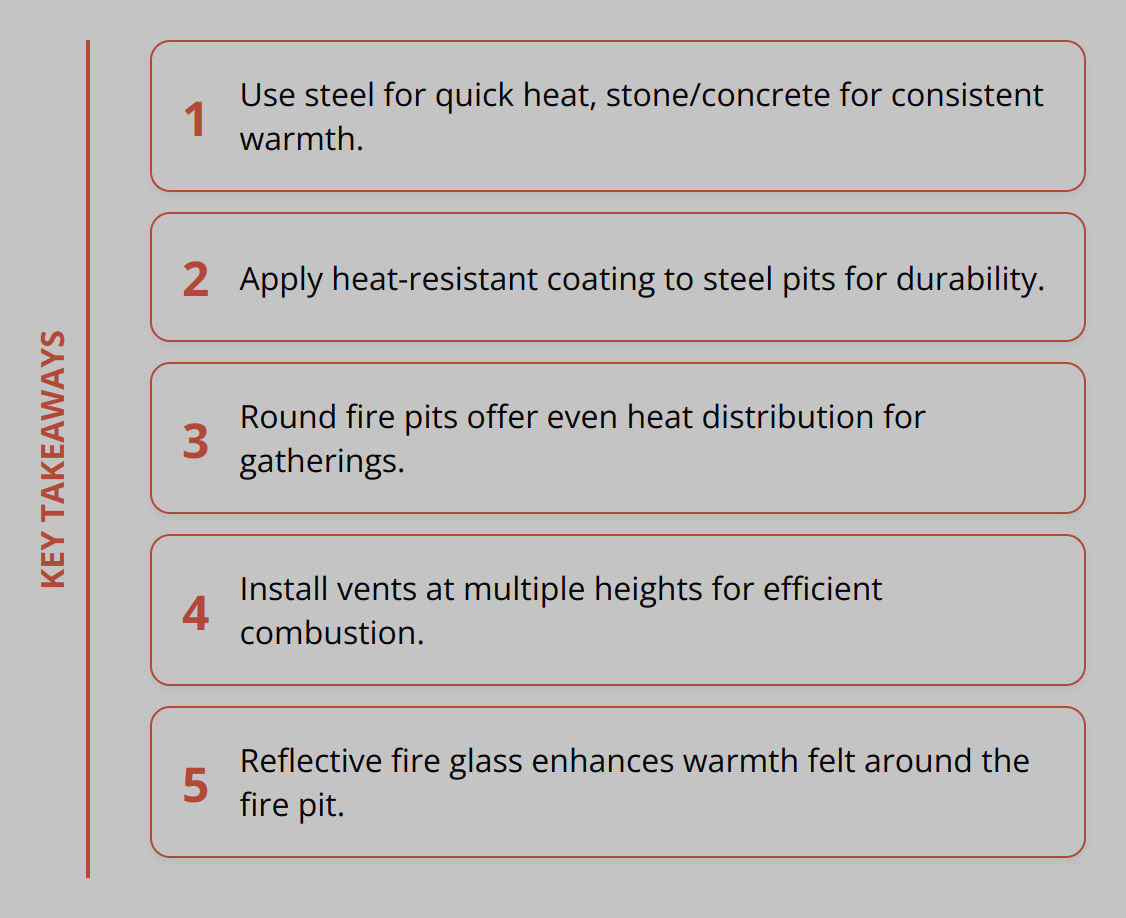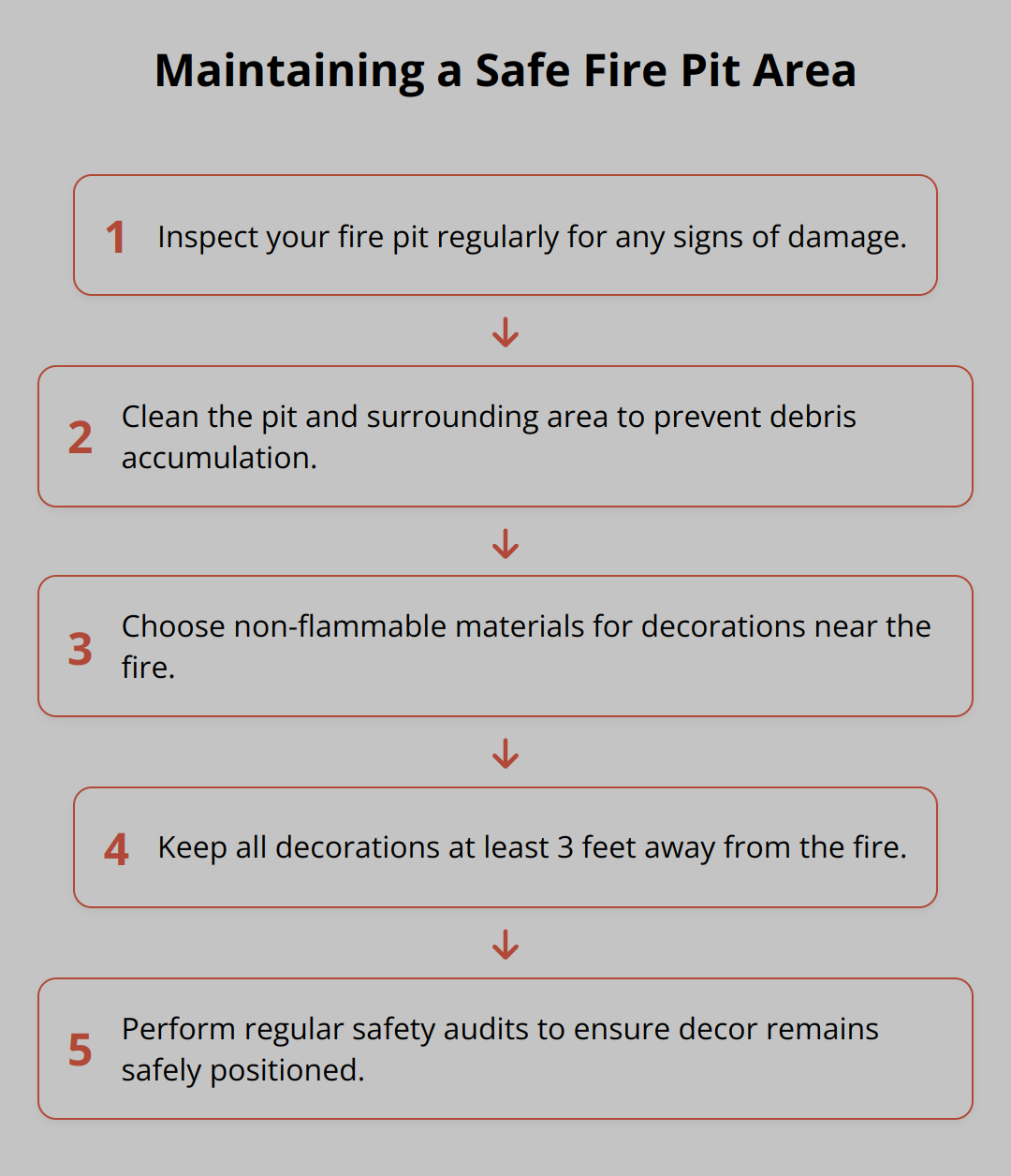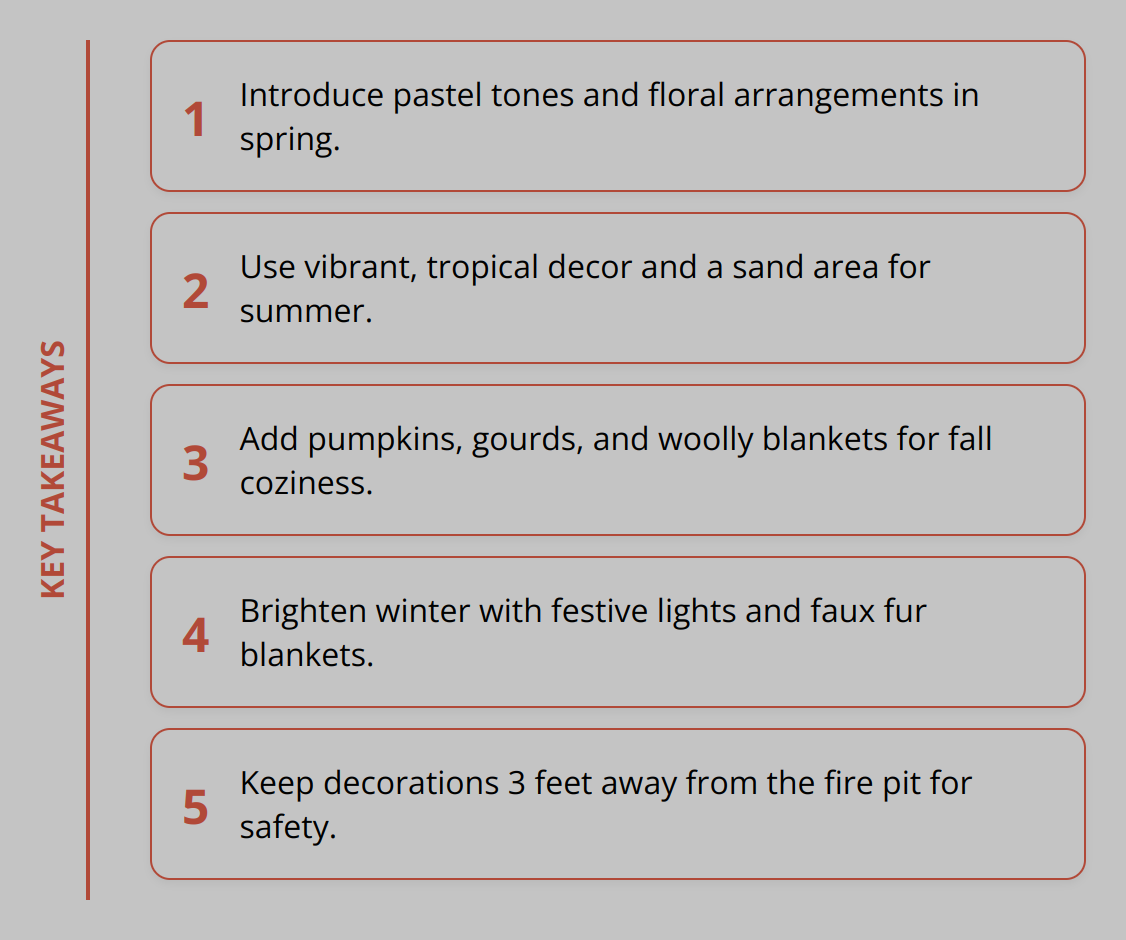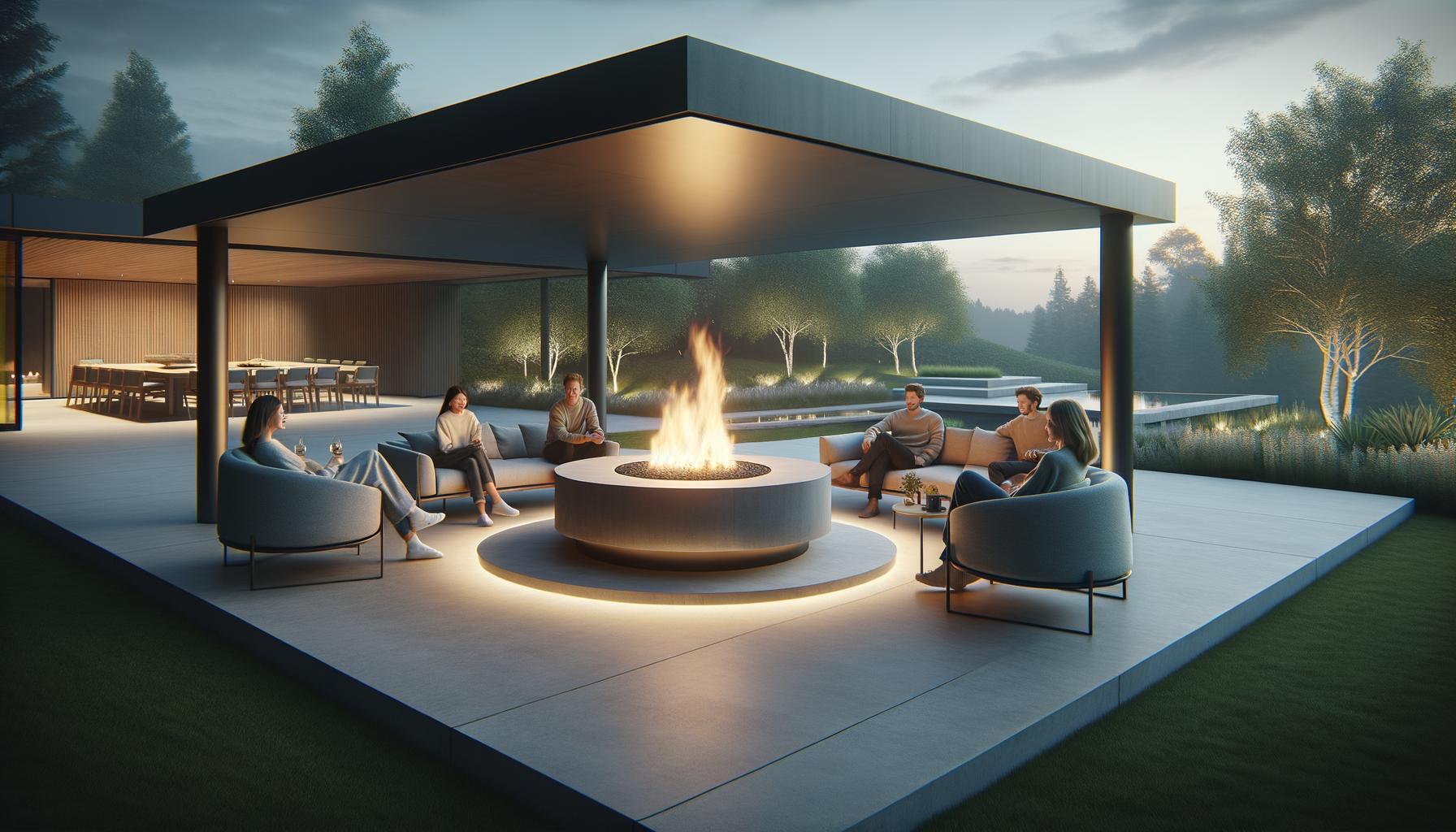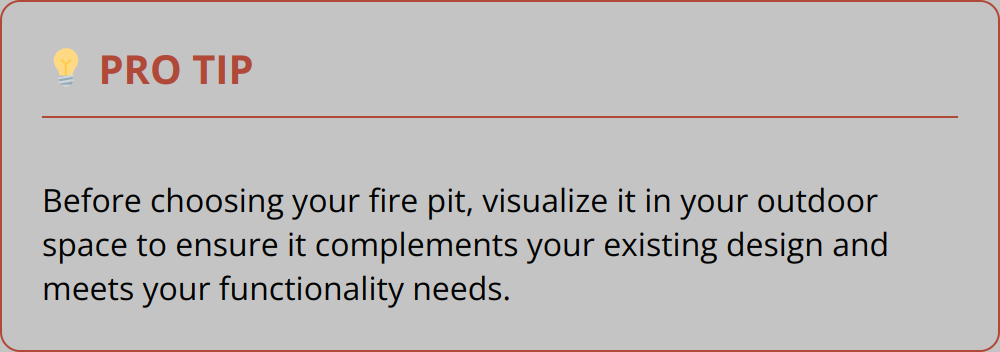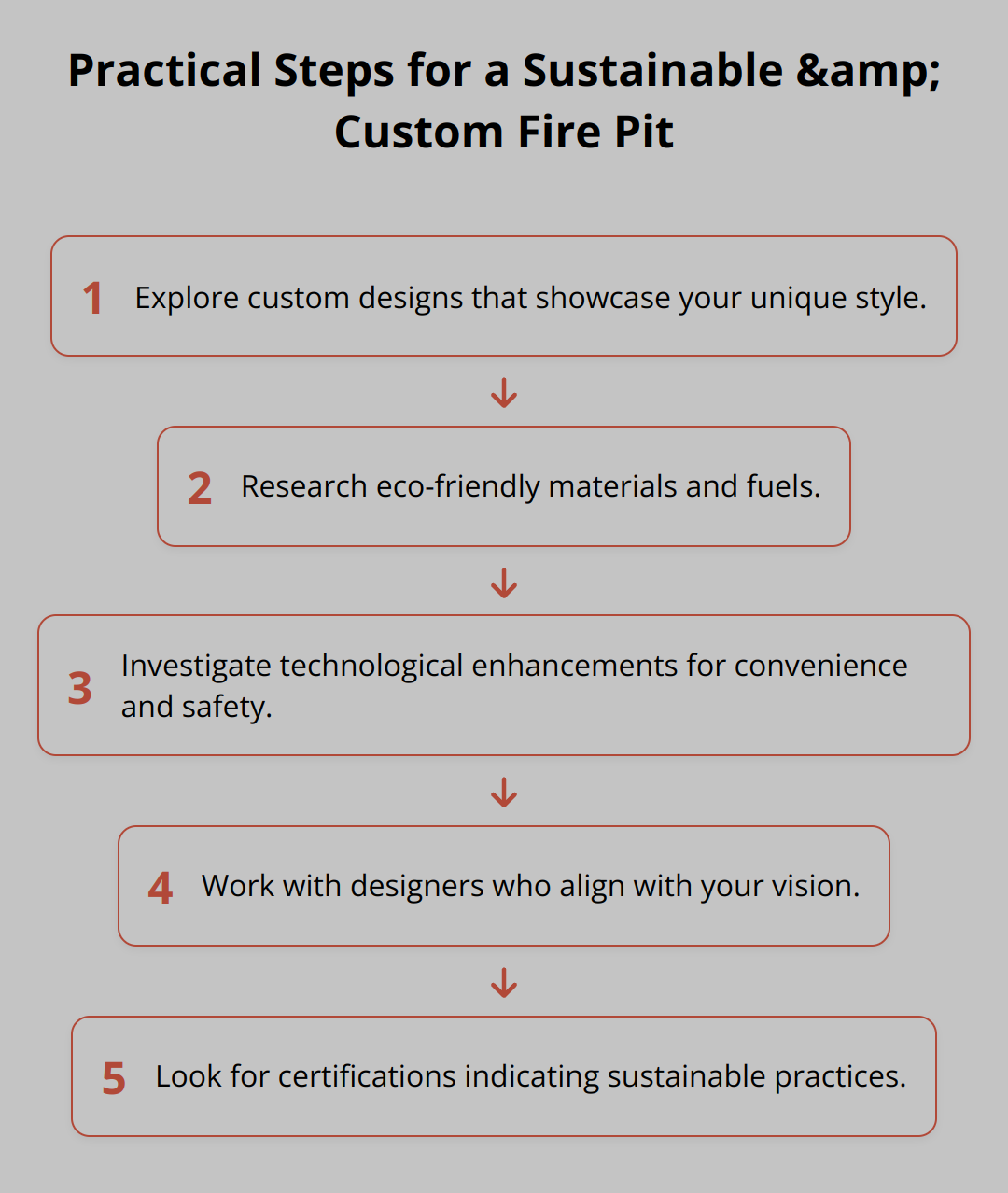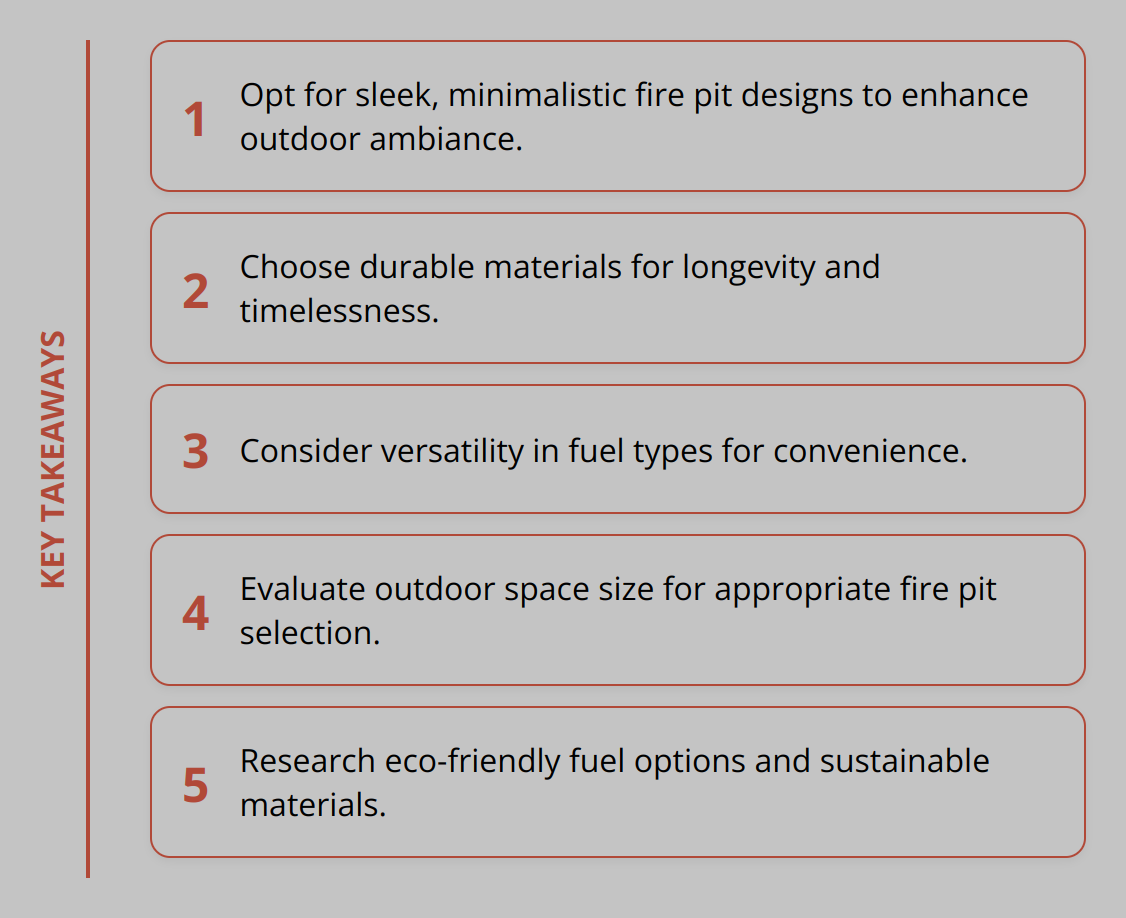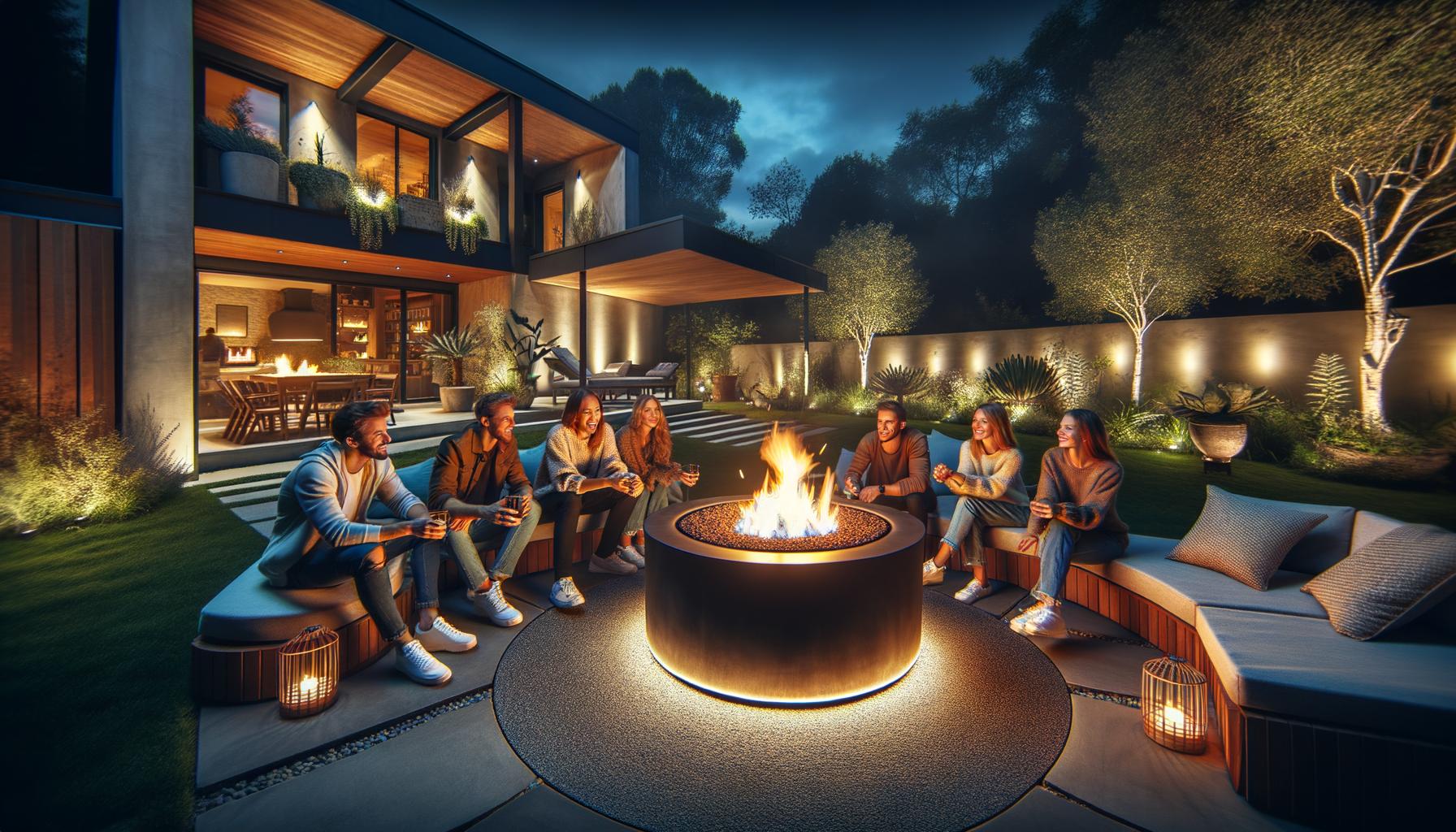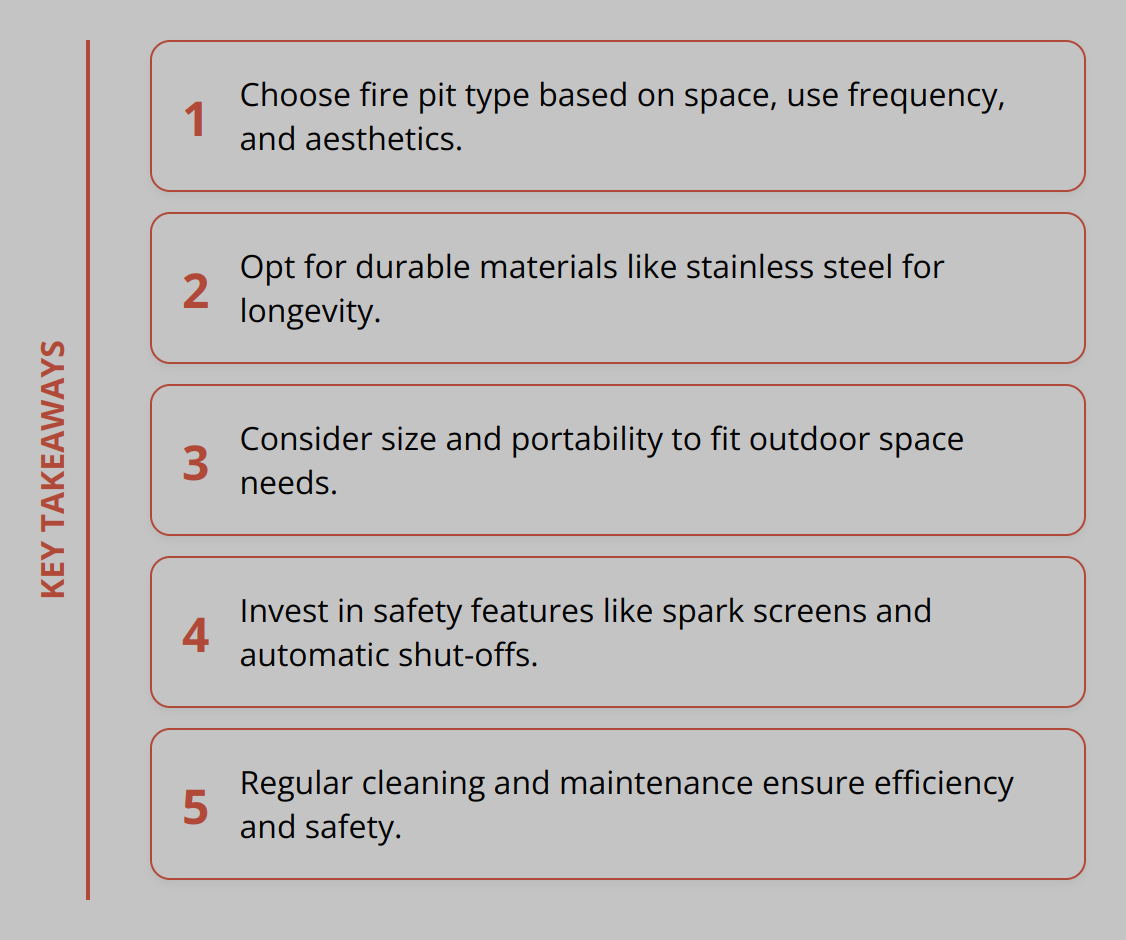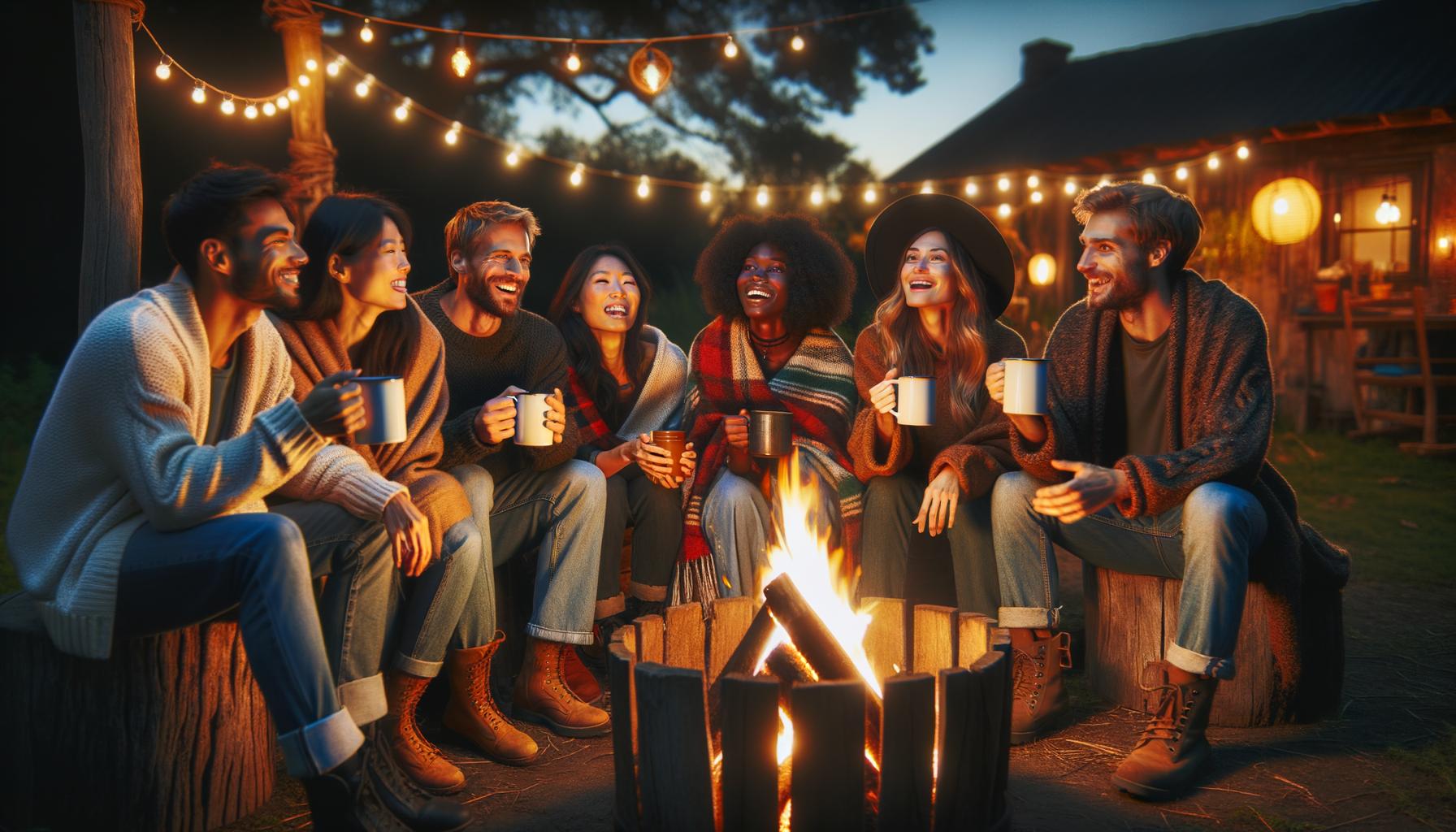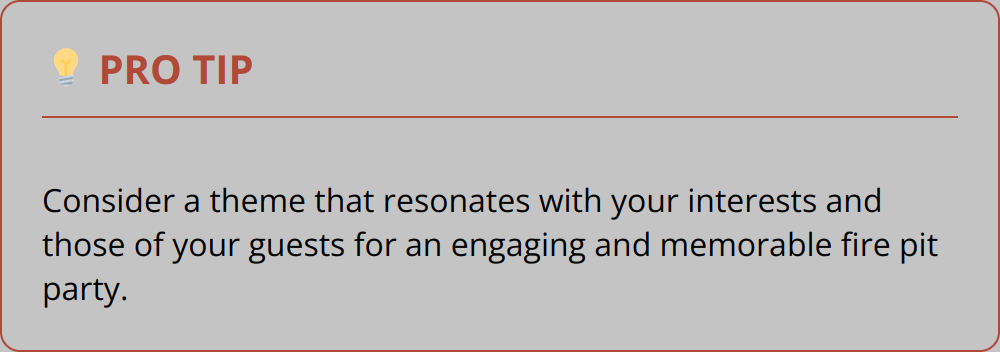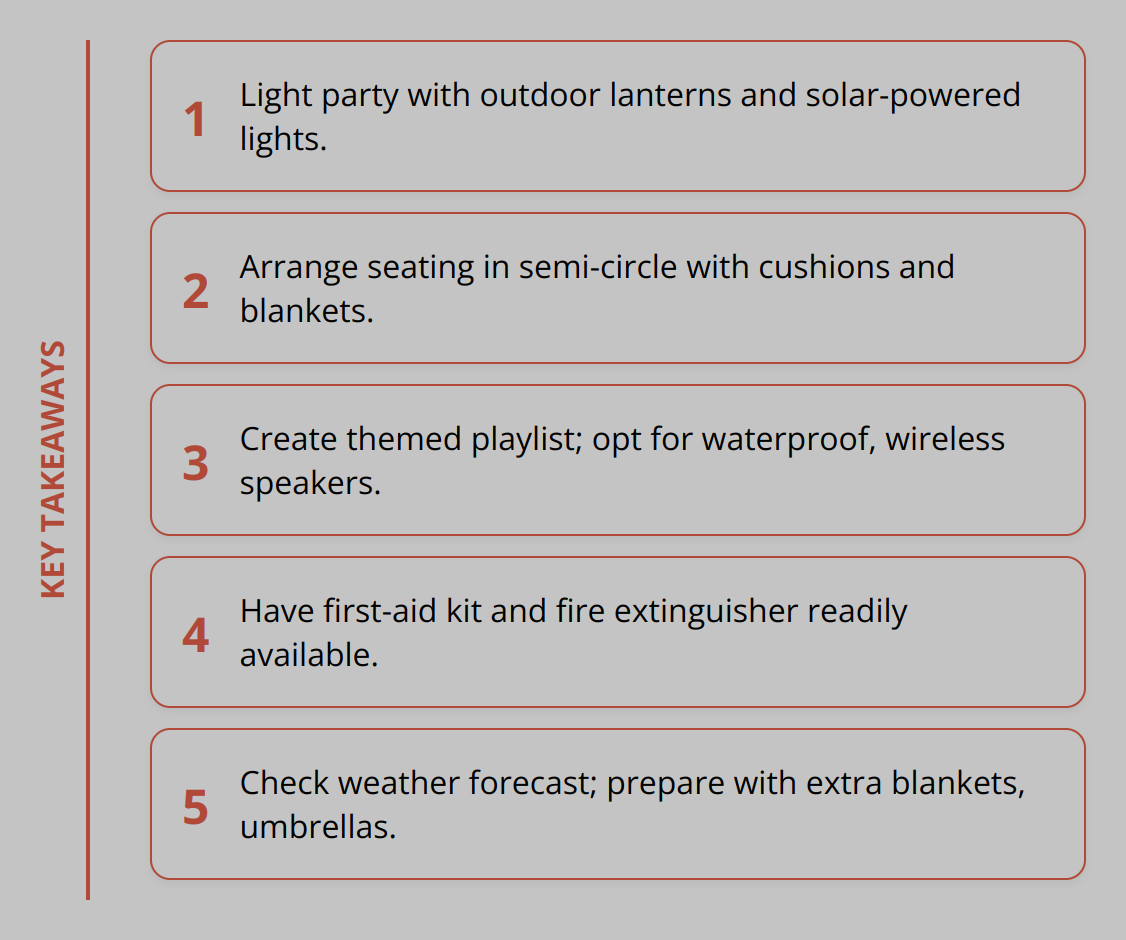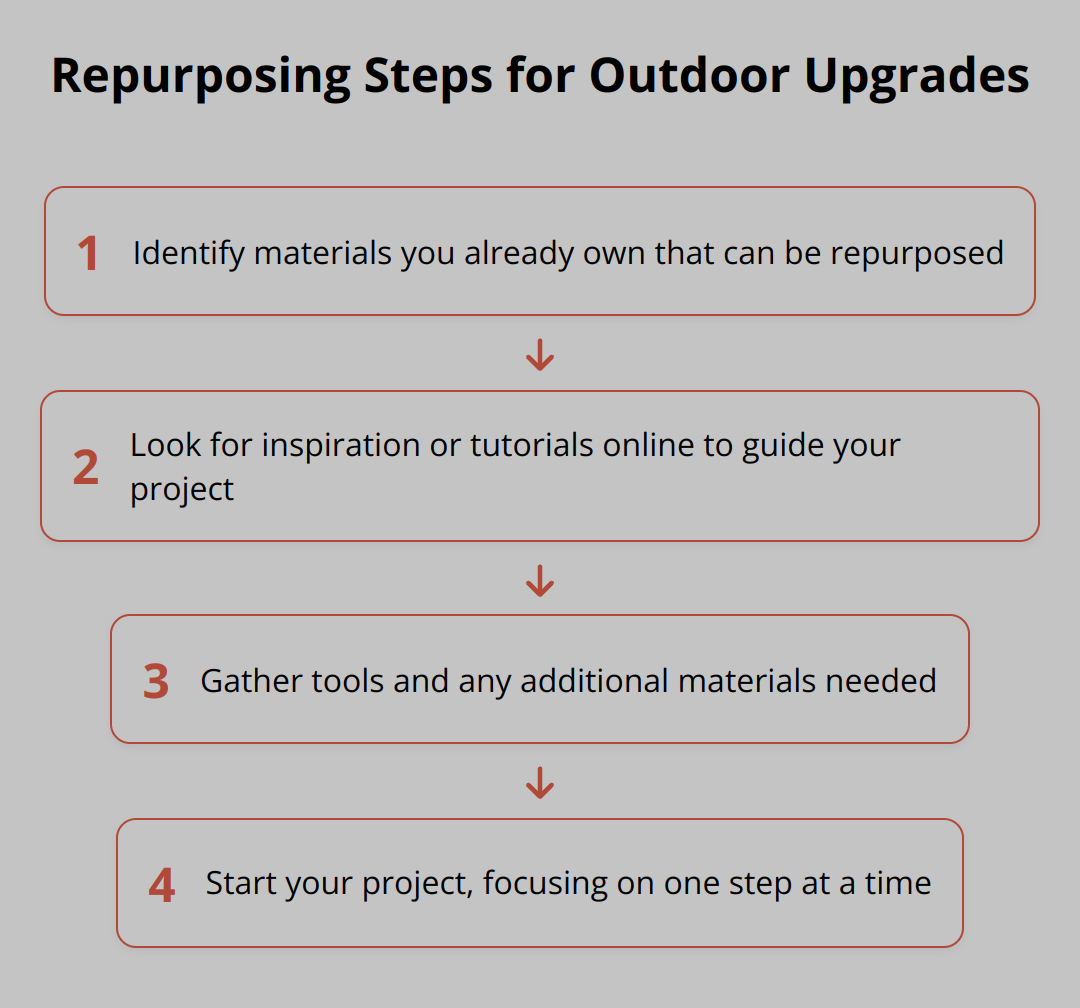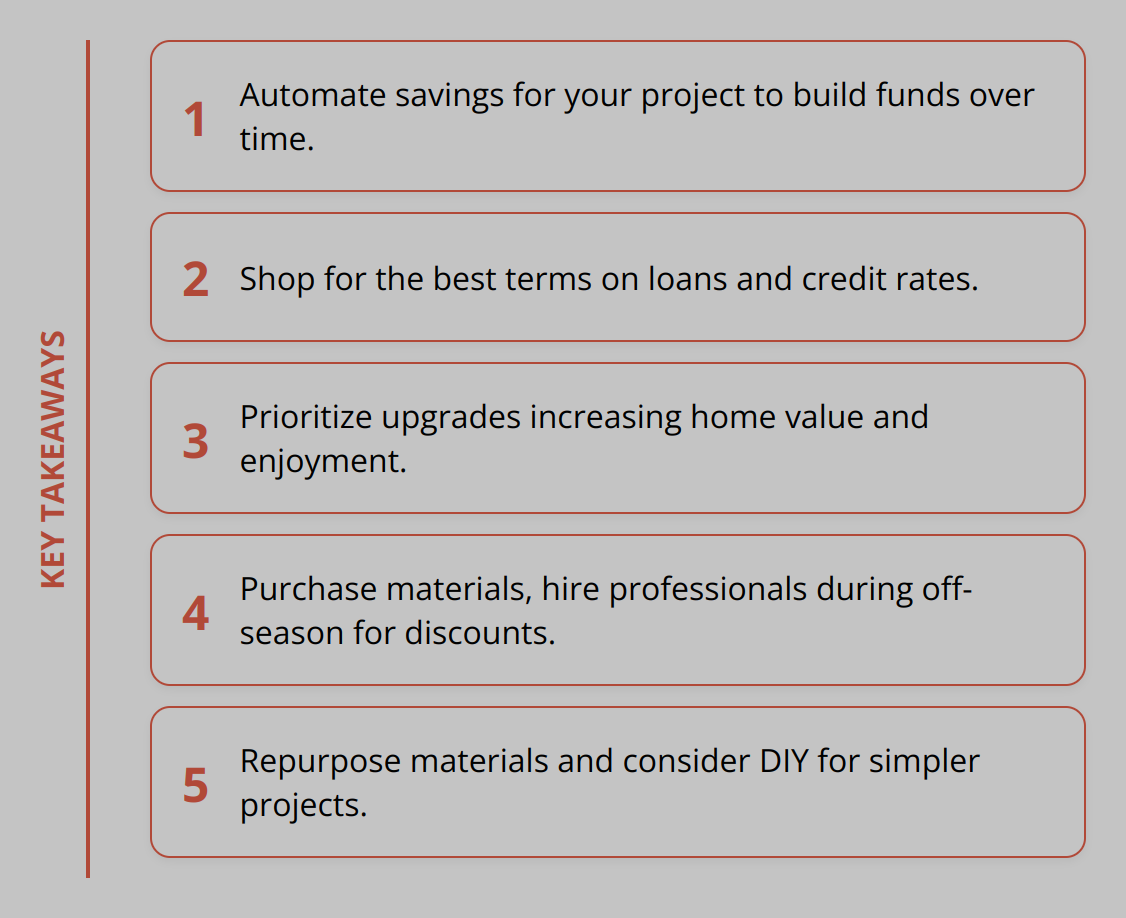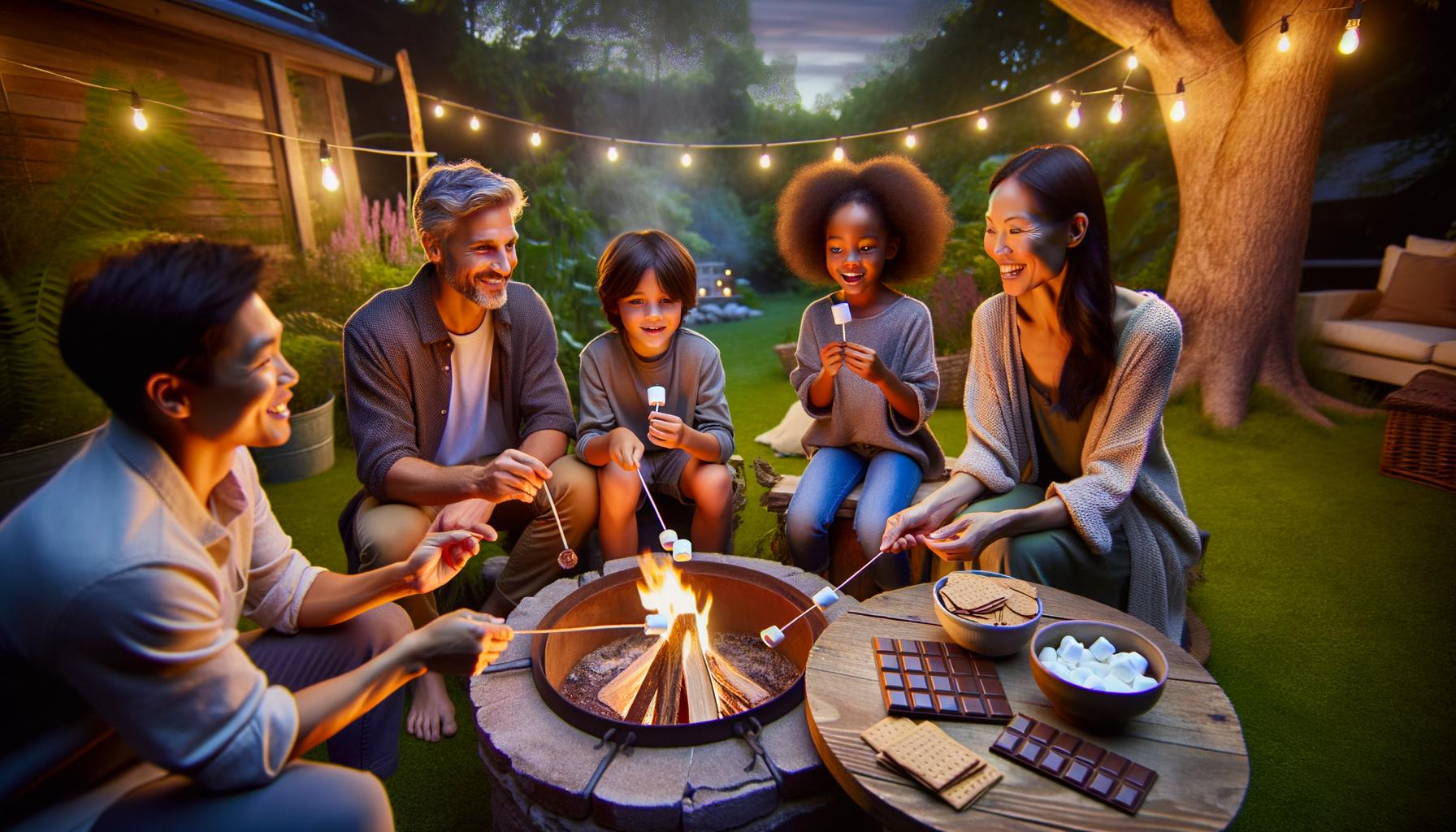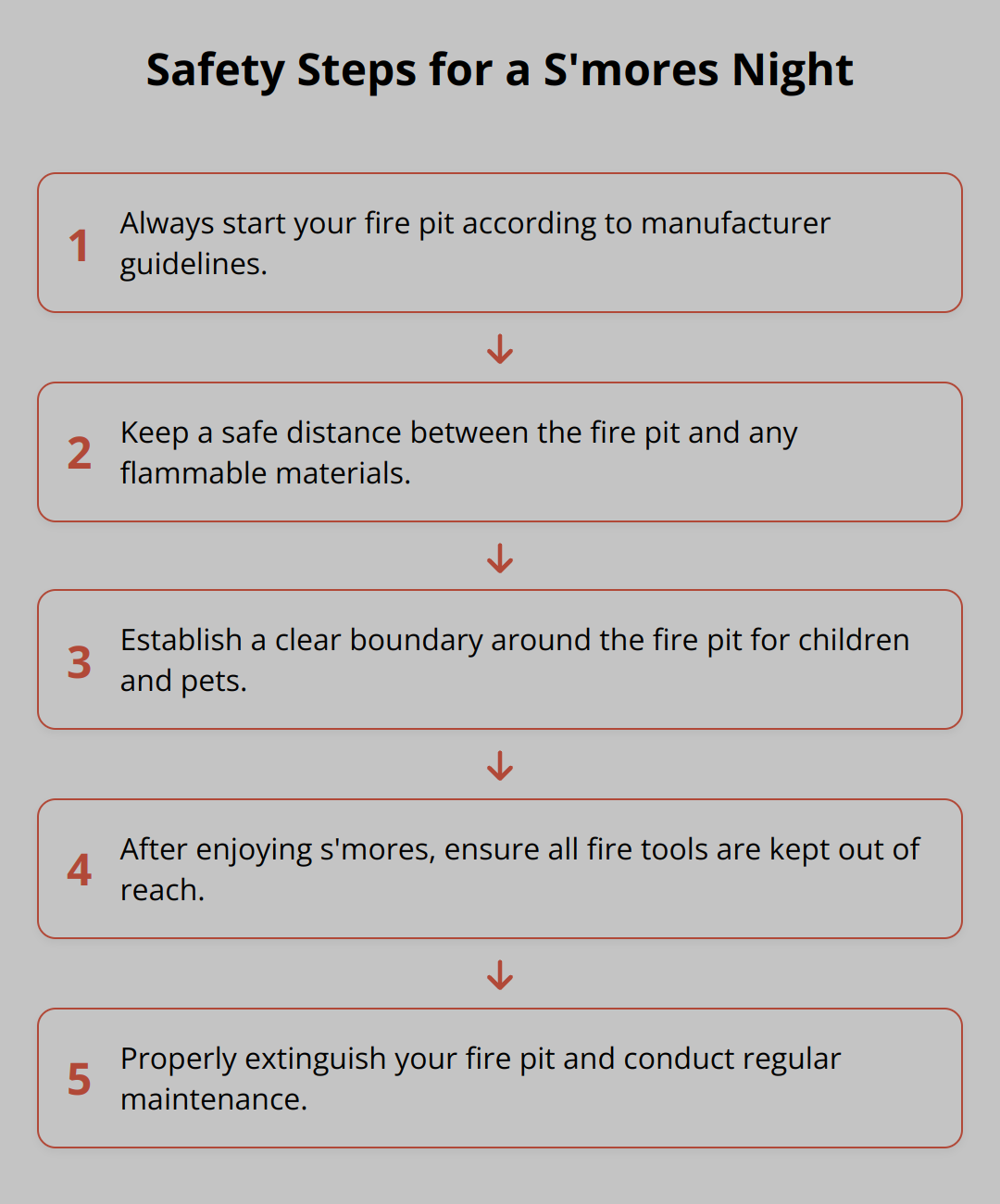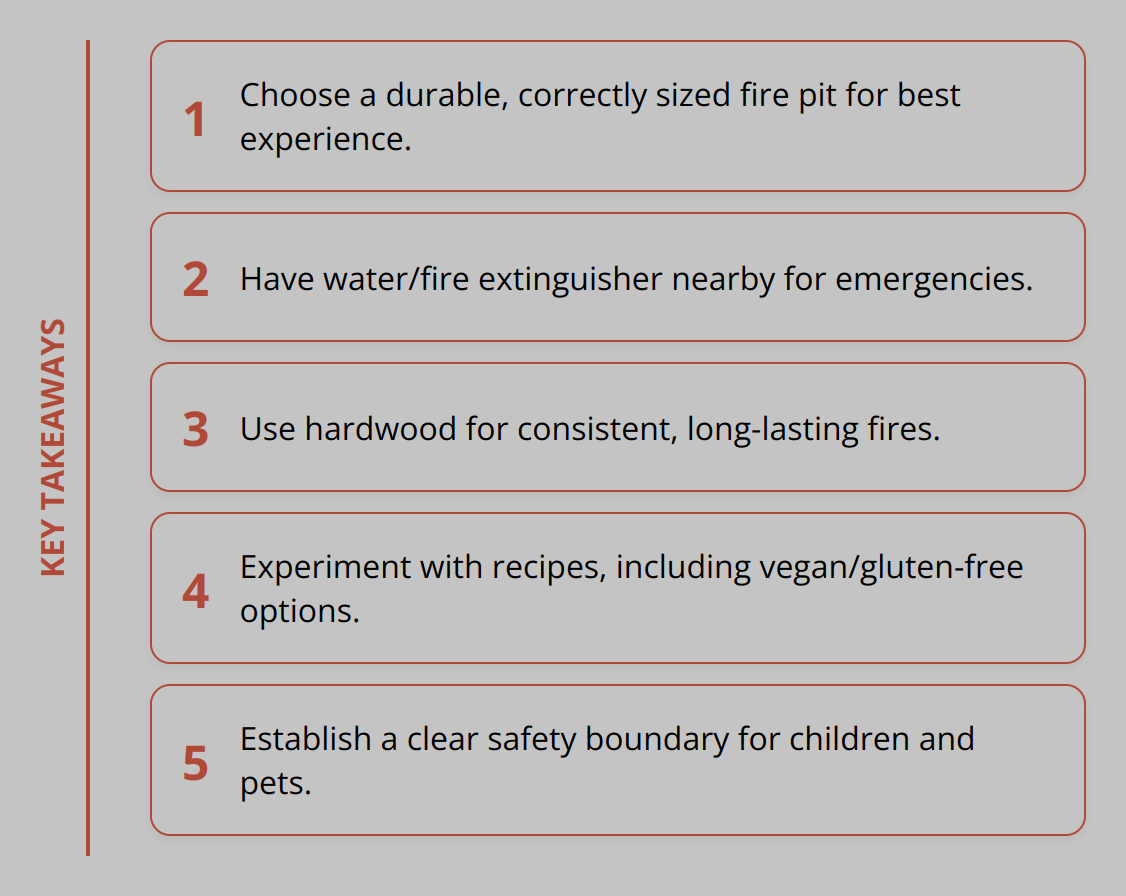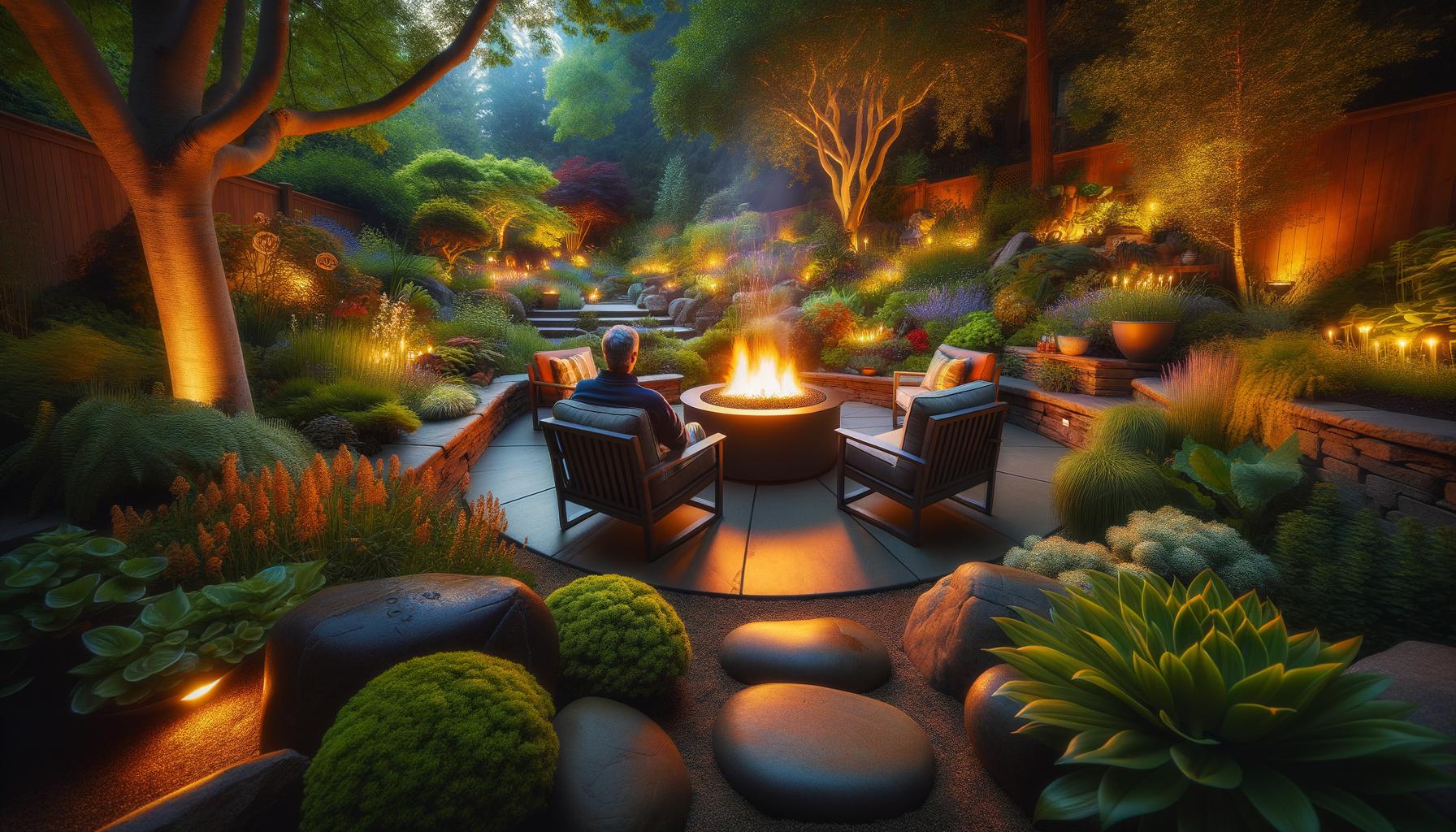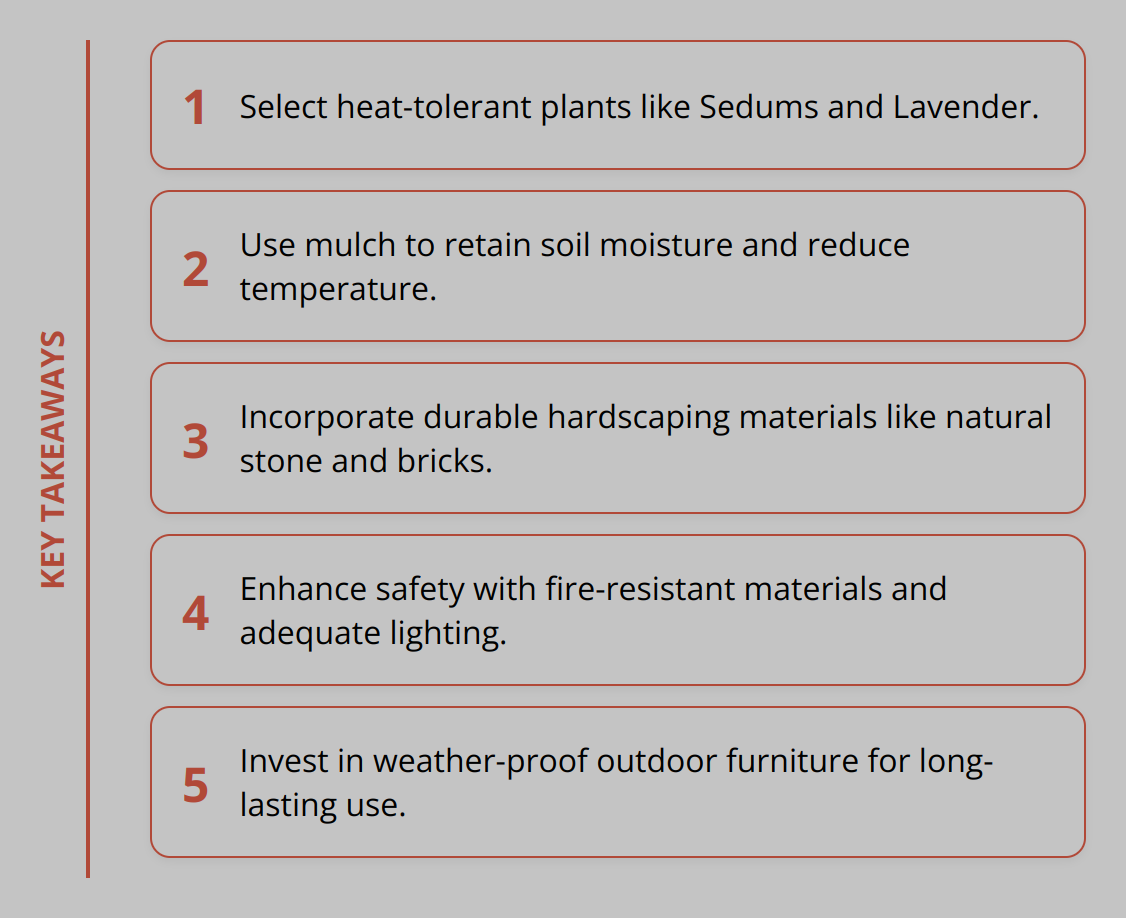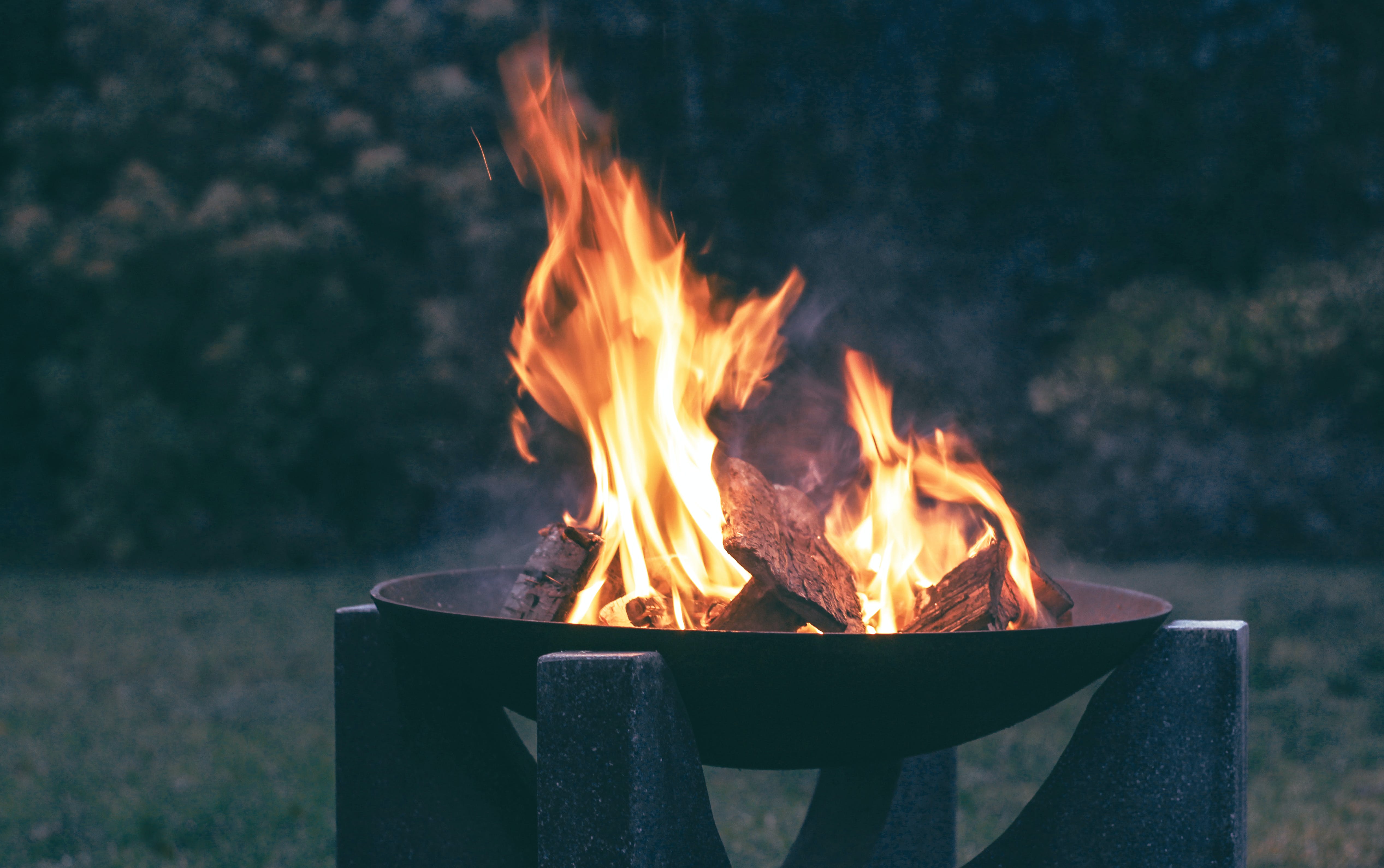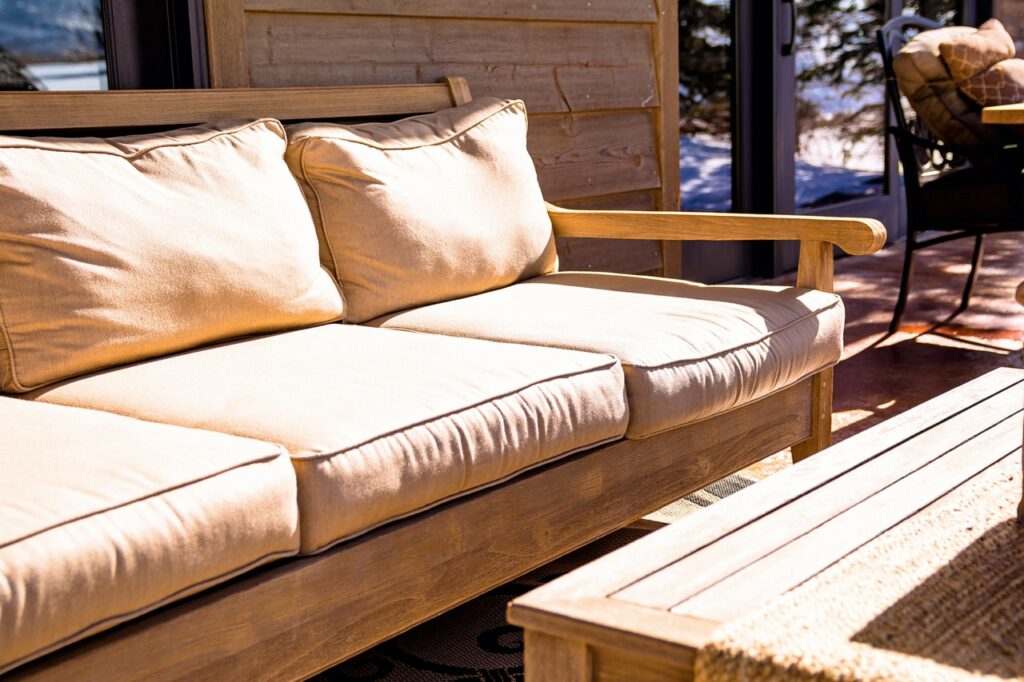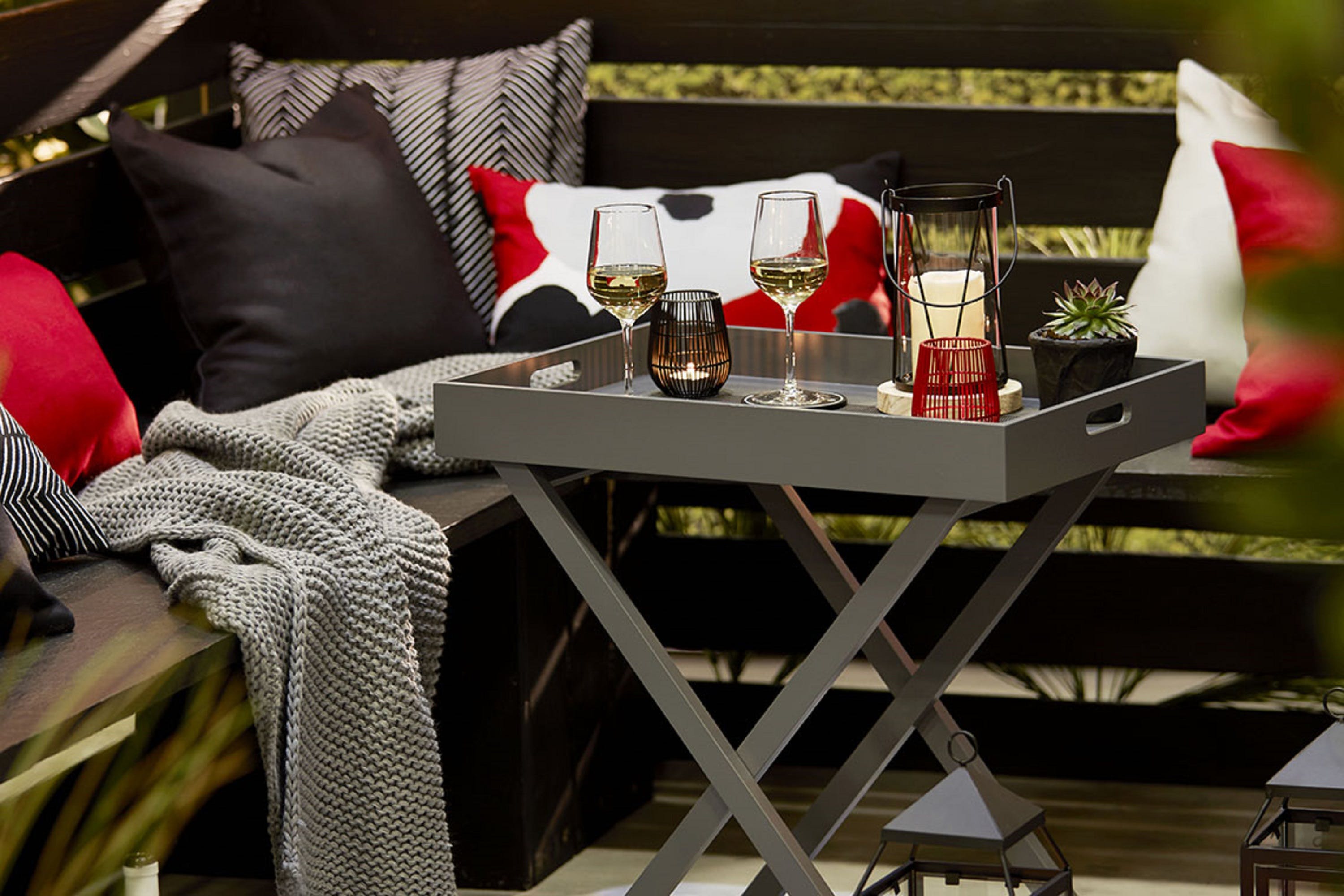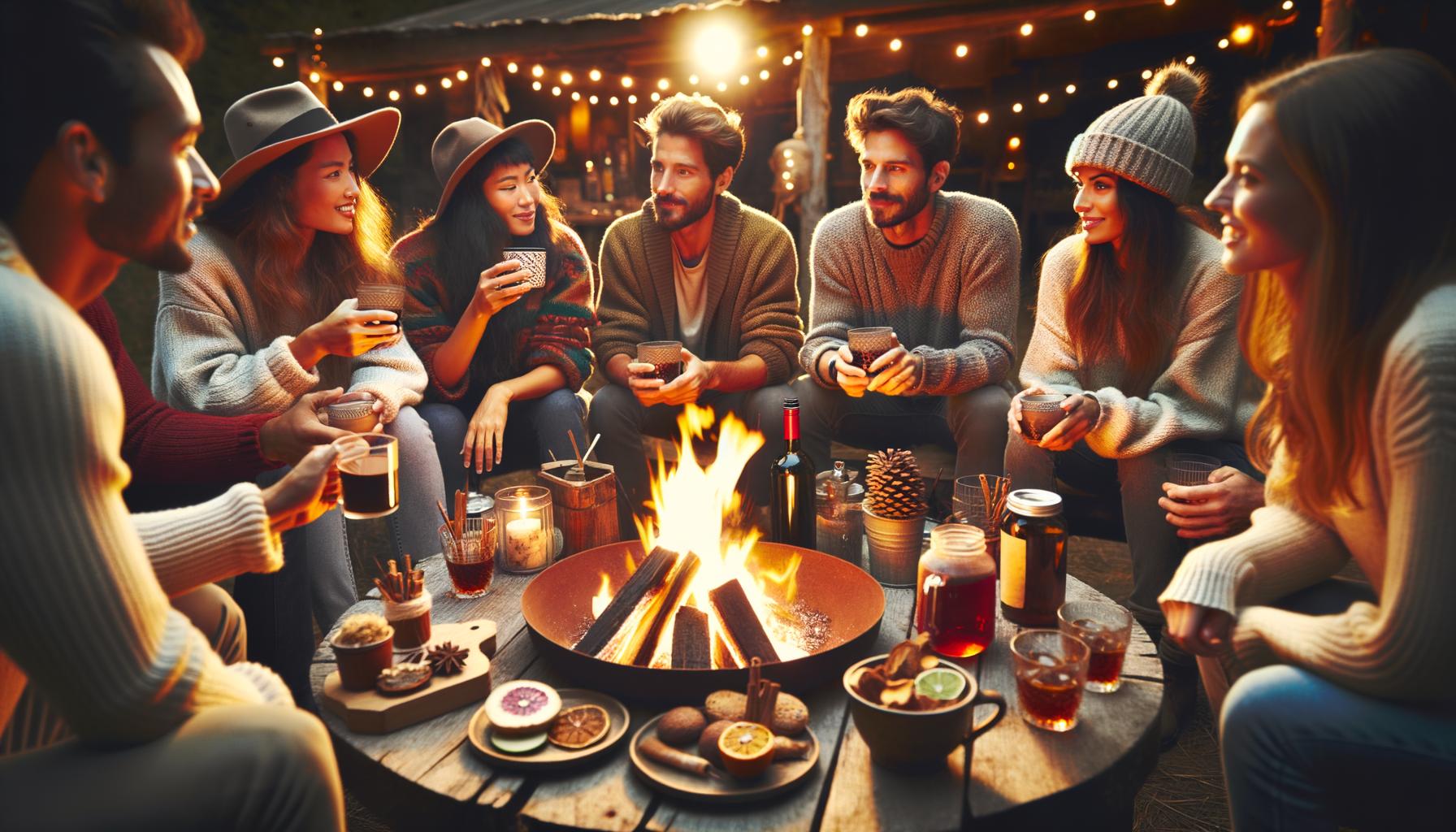
At S&S Fire Pits, we believe that every fire pit gathering is enhanced not just by the warmth of the flames, but by the flavors savored alongside them.
Selecting the right beverages to complement the crackling fire and good company can transform a simple backyard gathering into an unforgettable evening. This guide is here to help you curate the perfect drink menu for any fire pit occasion.
Elevate Your Fire Pit Gatherings
The heart of a memorable fire pit gathering lies in the ambiance it creates – a welcoming atmosphere where flames dance and conversations flow freely. The key to elevating this experience? Selecting the right beverages to match the warmth and social nature of your gathering. Here’s how to enhance your evenings around the fire pit with thoughtful drink choices.
Creating a Welcoming Atmosphere
First and foremost, the vibe of your fire pit gathering sets the stage. It’s about more than just the physical warmth provided by the fire; it’s about creating a space where your guests feel comfortable and relaxed. Opt for soft lighting around your garden or patio to complement the glow of the fire pit. Add comfortable seating that encourages guests to settle in and unwind.

The Role of Fire in Social Gatherings
Fire has been a focal point of social gatherings for centuries, serving as a source of light, warmth, and a place for cooking. Its crackling sound and mesmerizing flames inherently draw people together, fostering a unique sense of community and camaraderie. Recognizing this, your choice of beverages should cater to the cozy, communal vibe. Think shared punches or a hot chocolate station for colder nights, which not only warms the body but also the soul.

Enhancing the Experience with the Right Beverages
Pairing drinks with the occasion can transform a simple night into an enchanting experience. Here are some actionable tips:
- Consider the Season: In summer, light and refreshing drinks like iced teas or fruit-infused waters can cool your guests, while winter calls for warm, comforting beverages such as mulled wine or spiced cider.
- Offer Variety: Just as palates differ, so do preferences for drinks. Provide a range of options—alcoholic and non-alcoholic—to ensure there’s something for everyone. Incorporating creative mocktails can be particularly delightful for those abstaining from alcohol.
- Complement the Food: If your gathering includes food, select beverages that complement the flavors. A robust, smoky barbecue pairs wonderfully with bold red wines or craft beers.
- Encourage Interaction: Activities like roasting marshmallows or making s’mores can be a hit. Serve hot cocoa or espresso to pair with the sweet treats, turning the moment into an interactive experience.
By putting thought into the beverages you serve at your fire pit gathering, you significantly enrich the ambiance, making each moment around the flame more enjoyable and memorable for your guests. Remember, the best gatherings are those where every detail, no matter how small, contributes to the overall atmosphere, making everyone feel welcome and connected.
Choosing Ideal Fire Pit Drinks
When hosting an evening around the fire pit, the beverages you offer can make a significant difference in the atmosphere you’re trying to create. It’s essential to select drinks that will not only comfort and refresh your guests but also enhance the overall experience of your fire pit gathering. Here are some practical recommendations for picking out the perfect drinks for your next fire pit night, balancing the need for warmth, refreshment, and inclusivity.
Warm Drinks for Cool Nights
Chilly evenings call for beverages that warm from the inside out. A classic choice is hot cocoa, which offers universal appeal and can be easily customized with marshmallows, whipped cream, or peppermint sticks for a festive touch. Another excellent option is mulled wine, a traditional drink that combines the warmth of spices like cinnamon, cloves, and star anise with the rich flavors of red wine. Not only does it provide warmth, but the aromatic qualities also add to the sensory experience of the evening. For those looking for a non-alcoholic option, spiced apple cider heated with cinnamon sticks offers a comforting alternative that’s both sweet and tart.
Refreshing Cocktails for Warm Evenings
During the warmer months, the goal is to keep guests feeling cool and refreshed. Sangrias and fruit-infused waters are fantastic for this purpose. Sangria, with its blend of wine, brandy, fruit, and a touch of sweetness, is a refreshing crowd-pleaser that’s easy to make in large batches. Fruit-infused waters, on the other hand, offer a hydrating non-alcoholic choice that feels special and is incredibly simple to prepare. Include a variety of fruits like lemons, berries, and cucumbers to make a visually appealing and thirst-quenching drink option.
Welcoming Everyone with Non-Alcoholic Choices
Ensuring that everyone has a drink option they can enjoy is vital for a welcoming and inclusive atmosphere. Beyond fruit-infused waters, consider offering creative mocktails that mimic the complexity and appeal of their alcoholic counterparts. For example, a ginger beer mocktail with fresh lime and mint can provide a zesty, refreshing option that feels just as special as any cocktail. Another appealing choice is non-alcoholic sangria, which uses sparkling grape juice or flavored carbonated water in place of wine, maintaining the festive feel without the alcohol.

When planning your fire pit beverages, remember to:
- Keep ingredients on hand: Stock up on key ingredients for your chosen drinks so you can easily whip up another batch if needed.
- Consider temperature: Make sure hot drinks stay warm and cool drinks stay chilled for the best experience.
- Ask for preferences: Ahead of the gathering, check in with guests about their drink preferences and restrictions to ensure you have something for everyone.

By thoughtfully selecting your beverage offerings to suit the season, complement the food, and cater to all your guests, you’ll elevate the fire pit experience, making your gathering a memorable one for everyone involved. Whether you choose to warm your guests with spiced cider on a brisk evening or refresh them with fruit-infused water during the summer, the key is to make everyone feel considered and included. For more tips on enhancing your outdoor gatherings, explore ideas for outdoor party planning.
Perfect Pairings for Fire Pit Snacks
Enhancing your fire pit gathering extends into selecting the right snacks and beverages that complement each other perfectly. Not only does this elevate the experience, but it also leaves a lasting impression on your guests. Here we explore some specific snack and drink pairings that promise to hit the spot, no matter the palate.
Classic Snacks and Their Drink Matches
A fire pit isn’t complete without smoky grilled sausages or hot dogs. These staples pair wonderfully with amber ales or root beer for a non-alcoholic option, offering a balance between the smoked, rich flavors of the meat and the sweet, malt notes of the drink.
Grilled corn on the cob, another fire pit favorite, calls for light lagers or chilled buttery chardonnay. These drinks cut through the richness while complementing the sweetness of the corn.
Finally, for chips and dip, consider a classic margarita or fizzy lemonade. The acidity and freshness of these beverages work well to cleanse the palate after each savory, creamy bite.
Gourmet Bites and Sophisticated Sips
Elevate your fire pit experience with gourmet cheese and charcuterie boards. Pair these with full-bodied wines like Cabernet Sauvignon or non-alcoholic sparkling grape juice. These beverages stand up to the strong flavors of aged cheese and cured meats without overpowering them.
For grilled seafood, such as shrimp or scallops, opt for dry rosé or crisp sauvignon blanc. These wines, with their light body and acidity, enhance the delicate flavors of the seafood rather than overshadowing them.
Sweet Treats and Their Beverage Counterparts
S’mores, the quintessential fire pit dessert, pair beautifully with hot chocolate or a rich porter. The chocolate and marshmallow in the s’mores echo the roasted and chocolate notes in these drinks, creating a harmonious blend of flavors. Explore more ways to enjoy s’mores with backyard s’mores ideas.
For those who enjoy a fruitier dessert, grilled peaches or pineapples pair wonderfully with prosecco or sparkling water with a splash of peach nectar. The effervescence of these drinks complements the charred sweetness of the fruit, making for a refreshing and light dessert option.
Key Tips:
- Match the intensity: Bold snacks pair with bold drinks, while lighter snacks go well with lighter beverages.
- Consider the temperature: Hot snacks typically pair well with warm drinks, and cold snacks with cool beverages.
- Texture matters: Creamy or rich snacks may need a drink with acidity to cut through the richness, enhancing the overall experience.
By carefully selecting snack and beverage pairings that complement each other, you significantly enhance the atmosphere of your fire pit gathering. It’s about creating an experience that engages all the senses, making the moment around the fire pit memorable and satisfying for everyone involved.
Final Thoughts
In the journey to perfect your fire pit gatherings, considering ideal pairings of beverages and snacks is key to creating an inviting atmosphere. From the warmth of spiced cider on a chilly night to the refreshing zest of fruit-infused waters in the summer, the right drink can truly enhance the allure of the flames. Likewise, the choice of snack, be it smoky grilled sausages or sweet, gooey s’mores, sets the tone for an evening of relaxation and camaraderie.
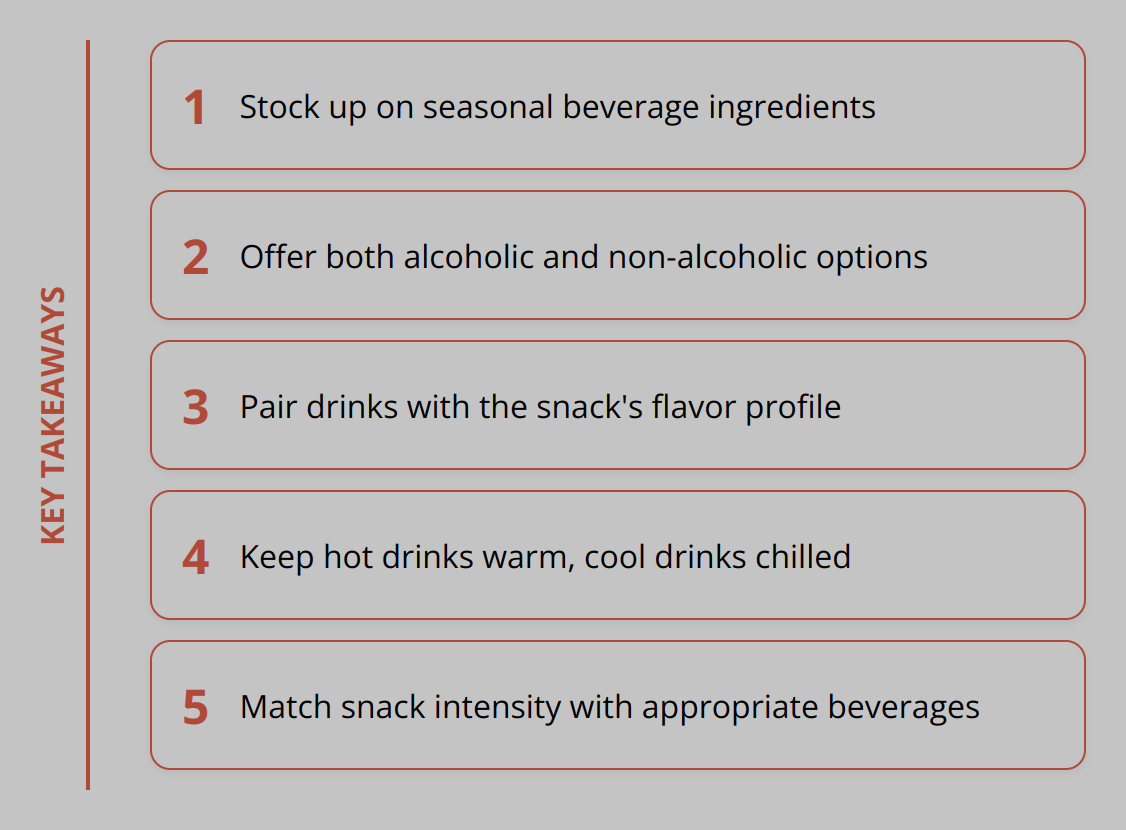
At S&S Fire Pits, we champion the art of outdoor living, encouraging exploration and innovation in all aspects of your gathering. Experimentation with drinks and snacks is not just recommended; it’s a thrilling journey towards discovering what resonates best with you and your guests. Whether you adhere strictly to tried-and-true pairings or venture into crafting innovative concoctions, the goal is to elevate the moment and make each gathering around your fire pit an experience to remember.
Practical tips to keep in mind:
- Balance flavors: Match the intensity of your snacks with your drinks to maintain harmony.
- Consider seasonality: Opt for refreshing drinks in summer and warming ones in winter.
- Inclusivity is key: Offer a variety of alcoholic and non-alcoholic options.
As you plan your next fire pit gathering, remember that the right pairings and a welcoming atmosphere can transform a simple night into an unforgettable experience. And for those looking to enhance their outdoor space, explore our range of handcrafted, solid steel fire pits and accessories. Made with meticulous attention to detail using 100% American-made materials, our products are designed to bring quality, durability, and beauty to your backyard gatherings.
Embrace the joy of fire pit gatherings by experimenting with your beverage and snack pairings. Let creativity and personal taste guide you in curating evenings that you and your guests will cherish. With S&S Fire Pits at the heart of your outdoor space, every gathering becomes an opportunity to create lasting memories.

